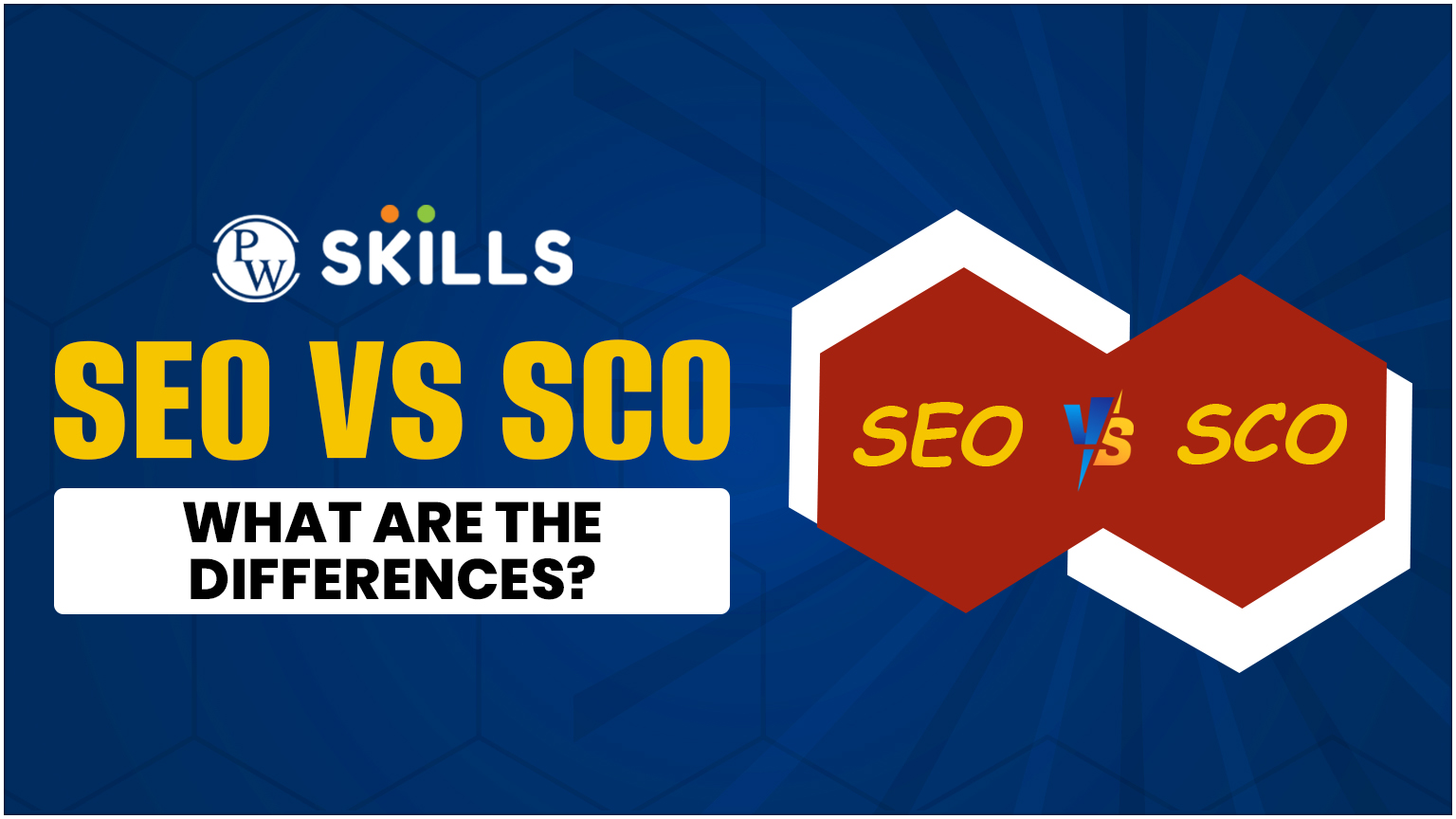When it comes to digital marketing, understanding the difference between SEO (Search Engine Optimization) and SCO (Social Channel Optimization) is crucial for building a successful online strategy. Both play significant roles in boosting a brand’s visibility, but they target different channels and methods. SEO focuses on improving a website’s ranking on search engines like Google, driving organic traffic to your site.
On the other hand, SCO in digital marketing aims to optimize social media platforms, enhancing brand engagement and visibility through targeted content and paid ads. While both strategies aim to increase a business’s online presence, they do so in different ways and complement each other in a well-rounded digital marketing approach. Understanding these differences helps marketers tailor strategies for maximum impact
What Is Social Channel Optimisation (SCO) in Digital Marketing?
Social Channel Optimization (SCO) in digital marketing refers to the process of optimizing various social media platforms and channels to improve brand visibility, engagement, and overall performance. SCO involves refining social media strategies to ensure that content reaches the right audience, is engaging, and encourages conversions, whether through likes, shares, comments, or direct actions like purchases.
Key activities in SCO in digital marketing include selecting the most appropriate social platforms for a brand, creating compelling and shareable content, using data and insights to optimize posts and campaigns, and refining social advertising strategies. By analyzing metrics such as engagement rates, reach, and impressions, businesses can fine-tune their approach to ensure maximum impact on social media.
🎯Specialized Digital Marketing Fields
- Digital Marketing for Real Estate
- Digital Marketing Manager
- Digital Marketing Manager Responsibilities
- SCO in Digital Marketing
What Is Search Engine Optimisation (SEO)?
Search Engine Optimization (SEO) refers to the practice of improving the visibility and ranking of a website or web page in search engine results pages (SERPs) to increase organic (non-paid) traffic. The main goal of SEO is to enhance the website’s relevance and authority, making it more likely to appear at the top of search results when users search for specific keywords or phrases related to the website’s content or services.
In digital marketing, SEO plays a crucial role in driving traffic to a website by ensuring that it is easily discoverable by search engines like Google, Bing, and Yahoo. This involves optimizing various on-page and off-page elements, such as keyword usage, meta tags, content quality, page load speed, backlinks, and user experience.
SEO full form in digital marketing, stands for Search Engine Optimization, and it is one of the most effective strategies for improving online visibility, attracting targeted audiences, and achieving business goals such as increasing sales, leads, or brand awareness.
The Differences Between SEO And SCO
SEO (Search Engine Optimization) and SCO (Social Channel Optimization) are both essential components of digital marketing, but they focus on different aspects of online visibility and audience engagement. Understanding the differences between SEO and SCO can help businesses develop a more effective and holistic online marketing strategy.
-
Focus:
- SEO focuses on improving a website’s visibility on search engines like Google, Bing, and Yahoo. It involves optimizing the website’s structure, content, and backlinks to rank higher in search results and attract organic traffic.
- SCO, on the other hand, focuses on optimizing social media platforms (like Facebook, Instagram, Twitter, LinkedIn) to boost engagement and visibility. SCO in digital marketing helps brands create content tailored to each platform’s audience and algorithm.
-
Techniques:
- SEO includes on-page optimization (like keyword usage, meta tags, content, and image alt texts), off-page optimization (like building backlinks), and technical SEO (such as improving site speed and mobile-friendliness).
- SCO involves creating platform-specific content, engaging with followers, managing paid social campaigns, and analyzing social media metrics to improve engagement and reach.
-
Goal:
- The main goal of SEO is to increase the ranking of a website on search engines, thereby driving more organic traffic to the site and improving its authority.
- The goal of SCO is to optimize social media channels to improve brand visibility, encourage engagement, and drive traffic from social platforms.
-
Traffic Type:
- SEO drives organic traffic to a website, meaning visitors find the site through search engine results without paying for ads.
- SCO helps drive traffic from social media platforms, which can be both organic (via shares, likes, and comments) or paid (through sponsored posts or ads).
-
Target Audience:
- SEO targets users actively searching for specific information, products, or services related to the website.
- SCO targets active users on social media platforms and may engage with content tailored to their interests and behavior on those platforms.

